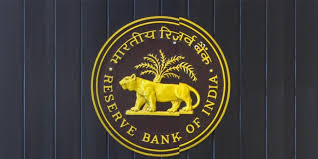
The Reserve Bank of India has approved a dividend payout of Rs 57,128 crore as surplus to the central government for the accounting year 2019-20, while deciding to maintain the contingency risk buffer at 5.5%.
Daily Current Affairs Quiz 2020
Key-points
The decision was taken at the 584th meeting of the Central Board of the RBI chaired by governor Shaktikanta Das.
Earlier in the Union Budget, the government had budgeted Rs 60,000 crore as dividend from the central bank as well as state-run financial institutions.
This push from the Reserve Bank comes at a time when the government is staring at a record high fiscal deficit of Rs 6.62 lakh crore in the April-June period as the coronavirus affected the Centre’s revenue targets.
According to the RBI Act of 1934, section “Allocation of Surplus funds” mandates for any profits made by the Reserve Bank from its operations to be sent to the Centre.
The RBI primarily earns its profits from the interest it gets from the purchase and sale of government securities (G-secs), the interest earned from lending to banks and interest earned on bond holdings earned on open market principles. From this, the net profit is calculated by subtracting the operation expenditures, and other expenses as per the RBI Act.





